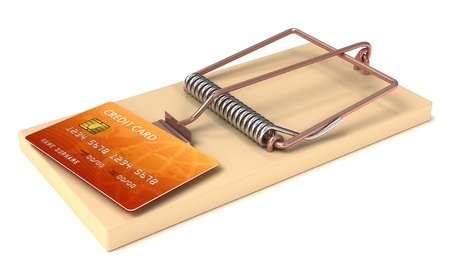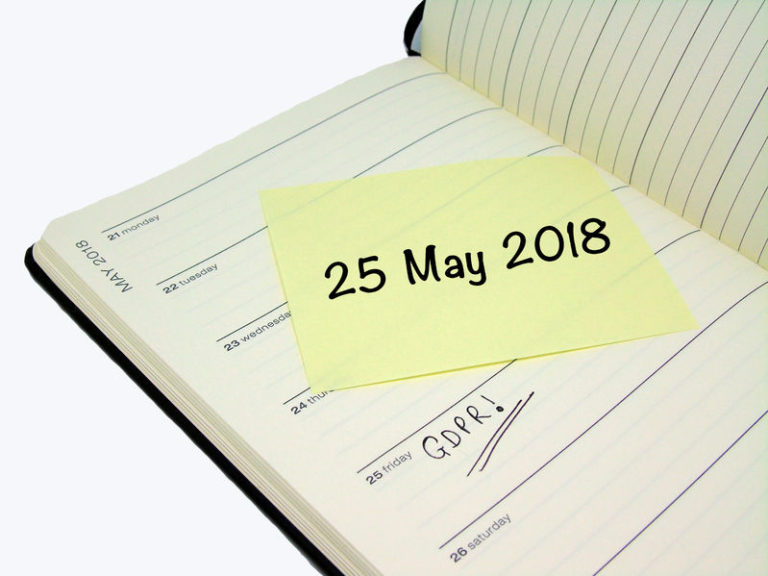How to… avoid expensive traps for your business website
 It is no longer a nice-to-have: if you are in business, you need a website. Whether it is simply a place to showcase your business, or a fully-fledged e-commerce site, there are many things to consider when creating or revamping one (and lots of checklists available online to tell you what these are).
It is no longer a nice-to-have: if you are in business, you need a website. Whether it is simply a place to showcase your business, or a fully-fledged e-commerce site, there are many things to consider when creating or revamping one (and lots of checklists available online to tell you what these are).
Here are three tips that are often overlooked though, to help you avoid some expensive traps…
1. Make sure you think about your future plans for your business
Make sure that the website you create from the start is able to grow and adapt with your business. Be open with your website developer/designer. You don’t want to get a year down the track and have to pay to have it rebuilt from scratch because your needs have changed.
2. Look at the real ongoing costs
A cheap website might be appealing when starting out, especially with limited start-up funds, but in addition to future growth potential (see point #1), will you be able afford to make changes as you need to – such as updating price lists, or running monthly competitions, etc (or even bigger things such as adding an online store at a later date). Ensure you discuss the costs of making ongoing changes with your web developer/designer, as this is often where the money from a “free” website is made.
Ask if you will be able to access the website to make changes yourself.
Will you be charged a monthly maintenance fee? Make sure you know what this does and doesn’t cover.
Also check the ongoing costs of hosting (“rent” to be on the internet) and domain registration (annual “lease” of your web address). These can sometimes be excessively marked-up from what they need to be.
3. Ensure you own your online assets
Your domain name (also known as your web address or URL) is a key asset to your business. It should NOT be the property of your web developer/designer! Make sure this is set up in the name of your business, ideally charged to your business credit card.
Make sure that you have the relevant links, usernames and passwords to access the backend of your website (even if you aren’t going to use them). If anything should happen to your web developer/designer – you don’t want to lose your investment and brand equity.
Final tip:
Ask around and find a developer/designer that you can talk too and feel comfortable with, and who is genuinely interested in the success of your business. You need to work with someone who can explain things to you, rather than confuse you – especially if you are not a technical person. The last thing you want is to be reluctant to contact them – they should be a key part of your business team.





